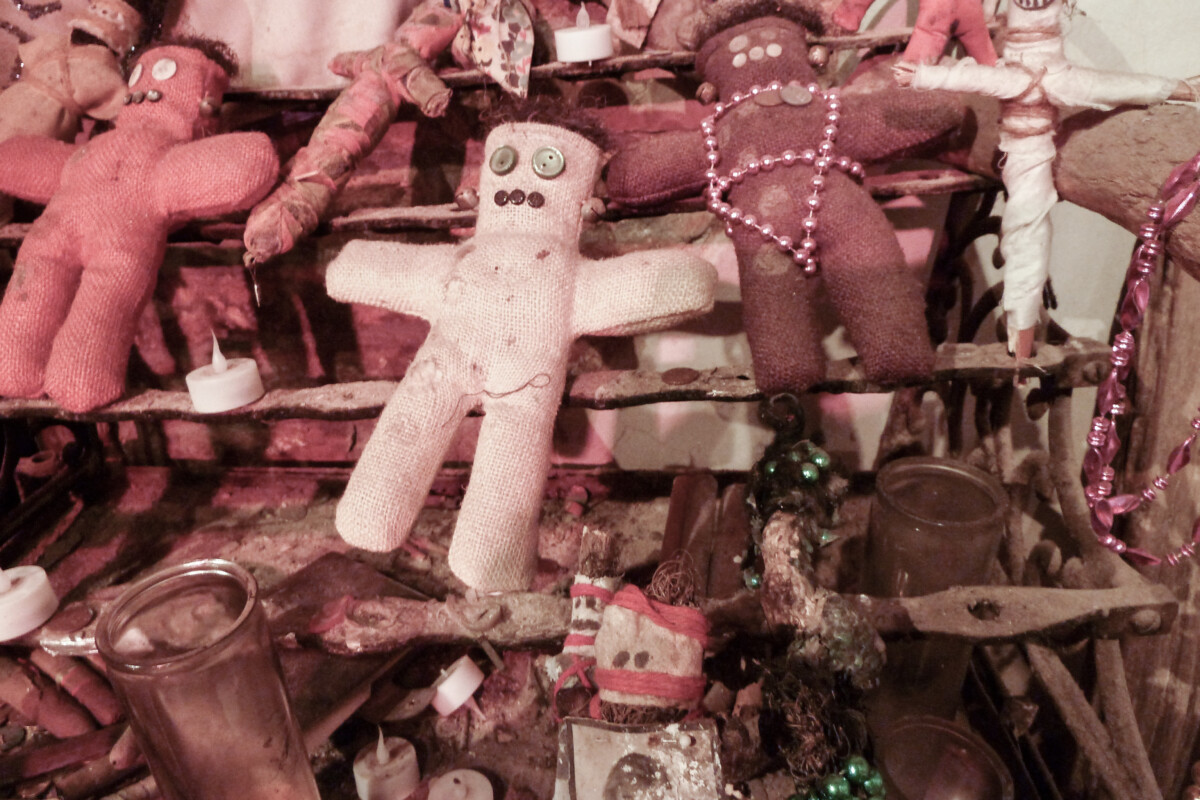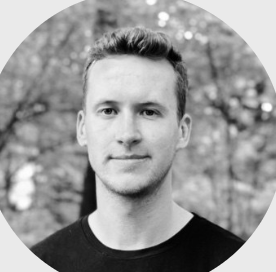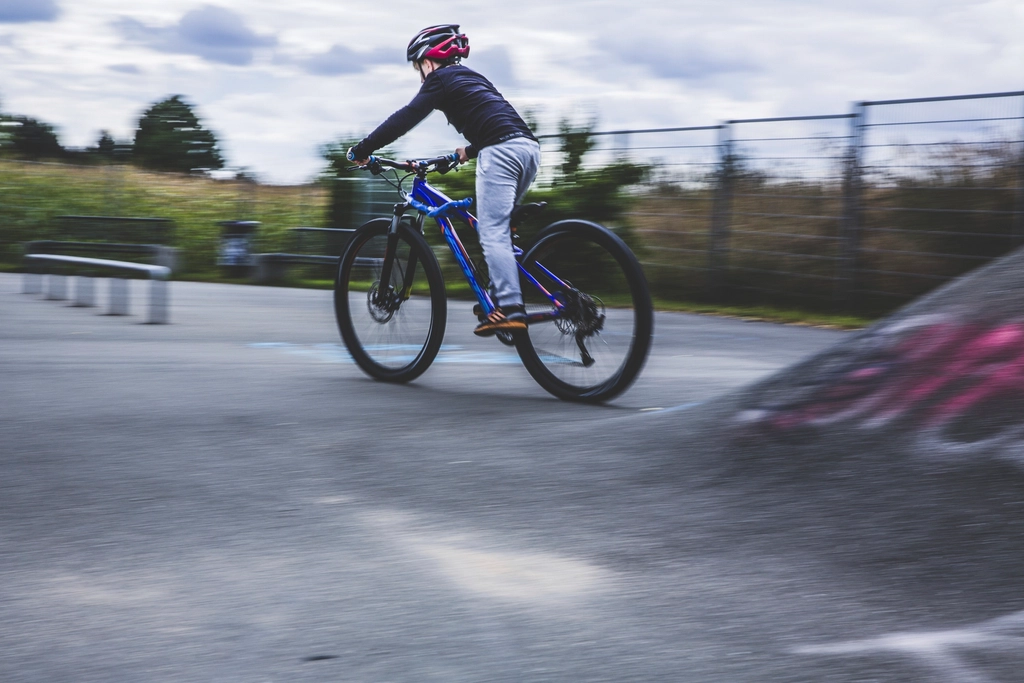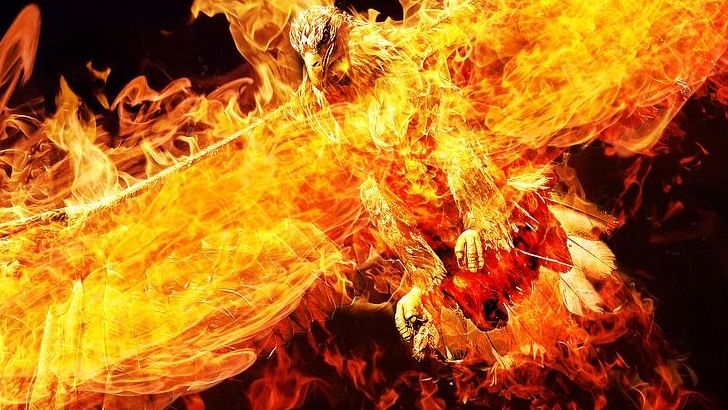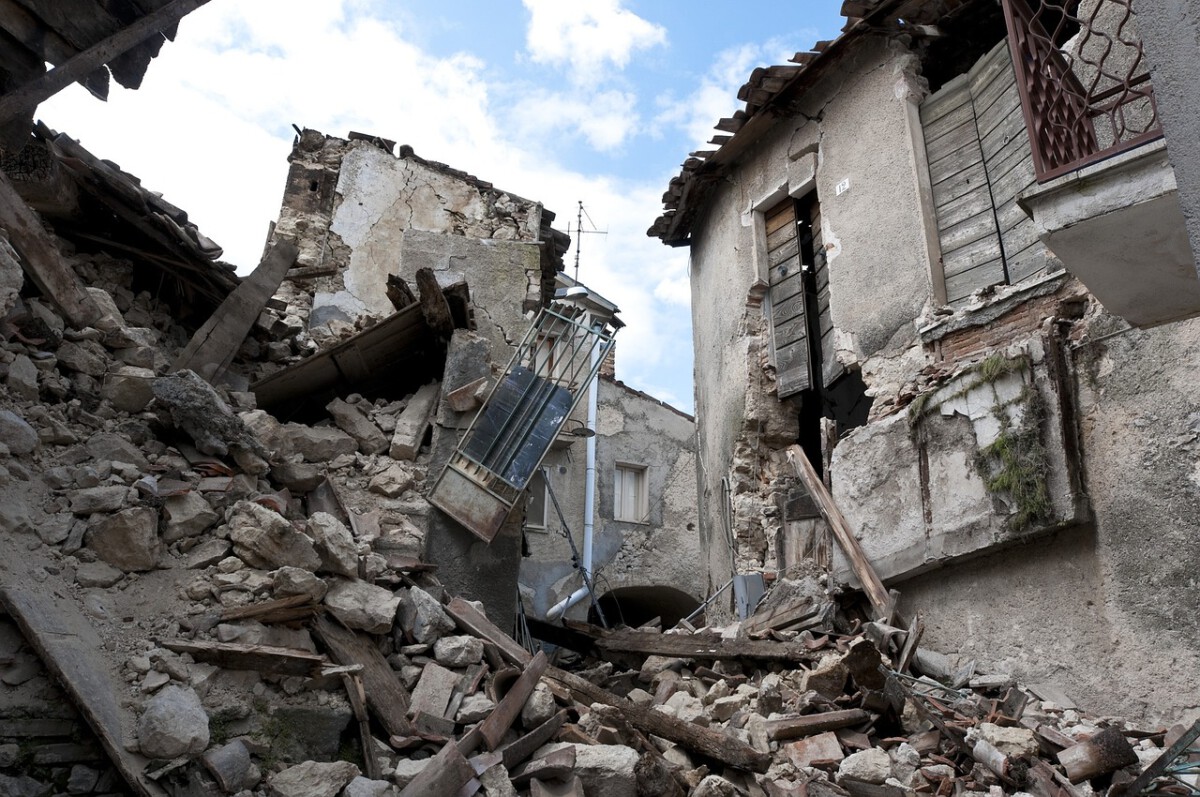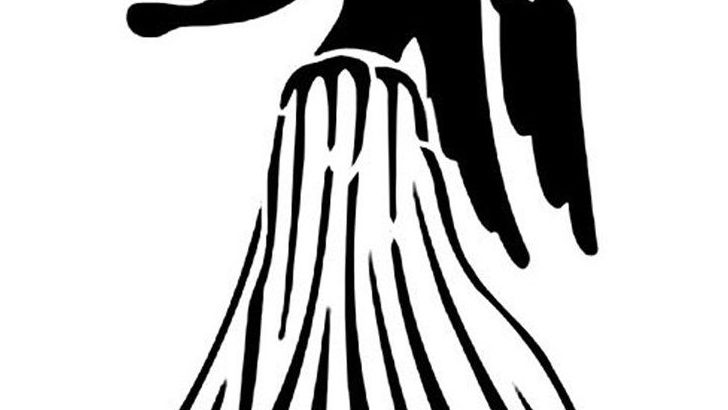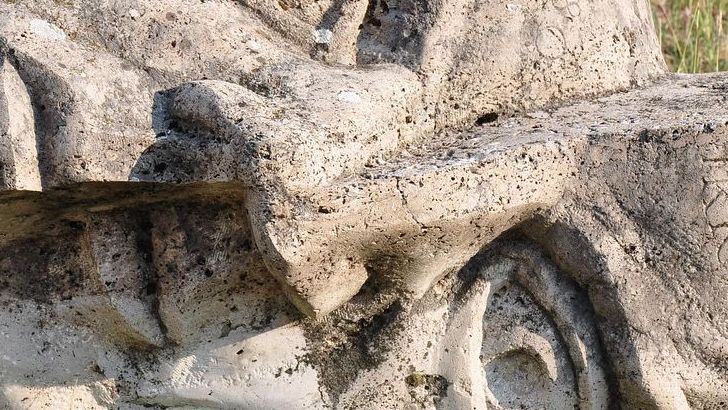Youngsville: The Unlikely Spiritual Haven
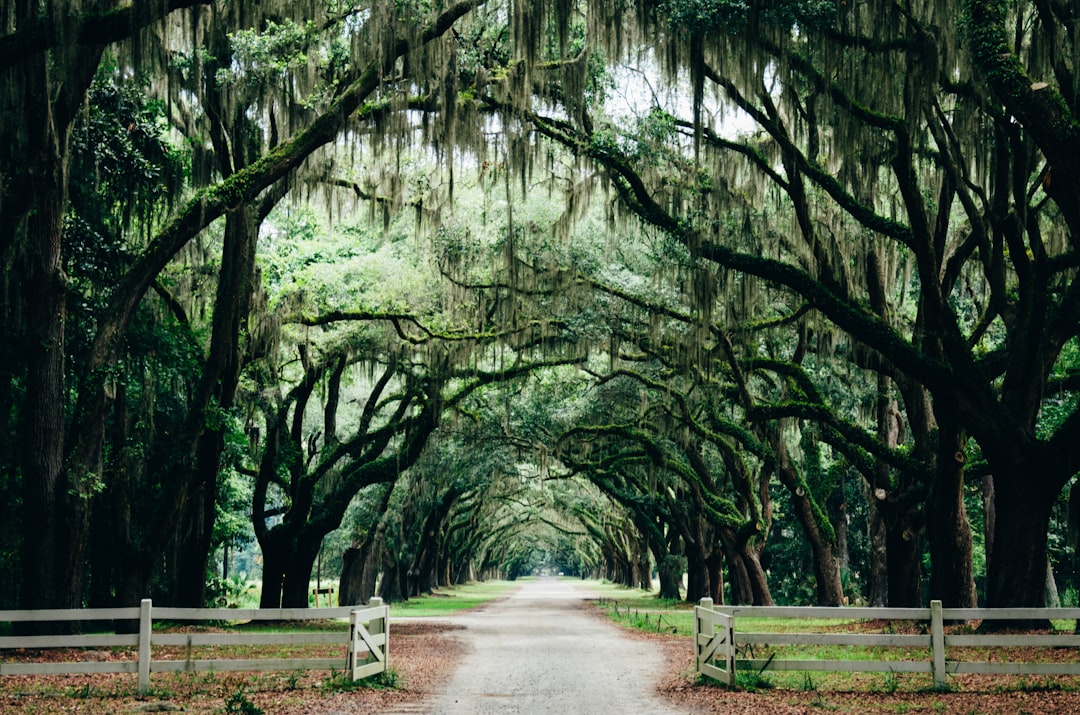
In the heart of Louisiana’s Acadiana region, the small town of Youngsville might seem like an ordinary suburban community with its neat lawns and modern homes. With a growing population of 19,314 that’s increased by roughly twenty percent since 2020, this Lafayette Parish community has become something much more intriguing. Hidden within its boundaries lies Bayou Voodoo, a unique establishment that offers spiritual and mystical services rooted in bayou traditions, providing a welcoming experience for those seeking to explore voodoo and mysticism. What makes this place particularly fascinating is how it represents the modern evolution of Louisiana’s oldest spiritual traditions.
The Ancient Roots Run Deep
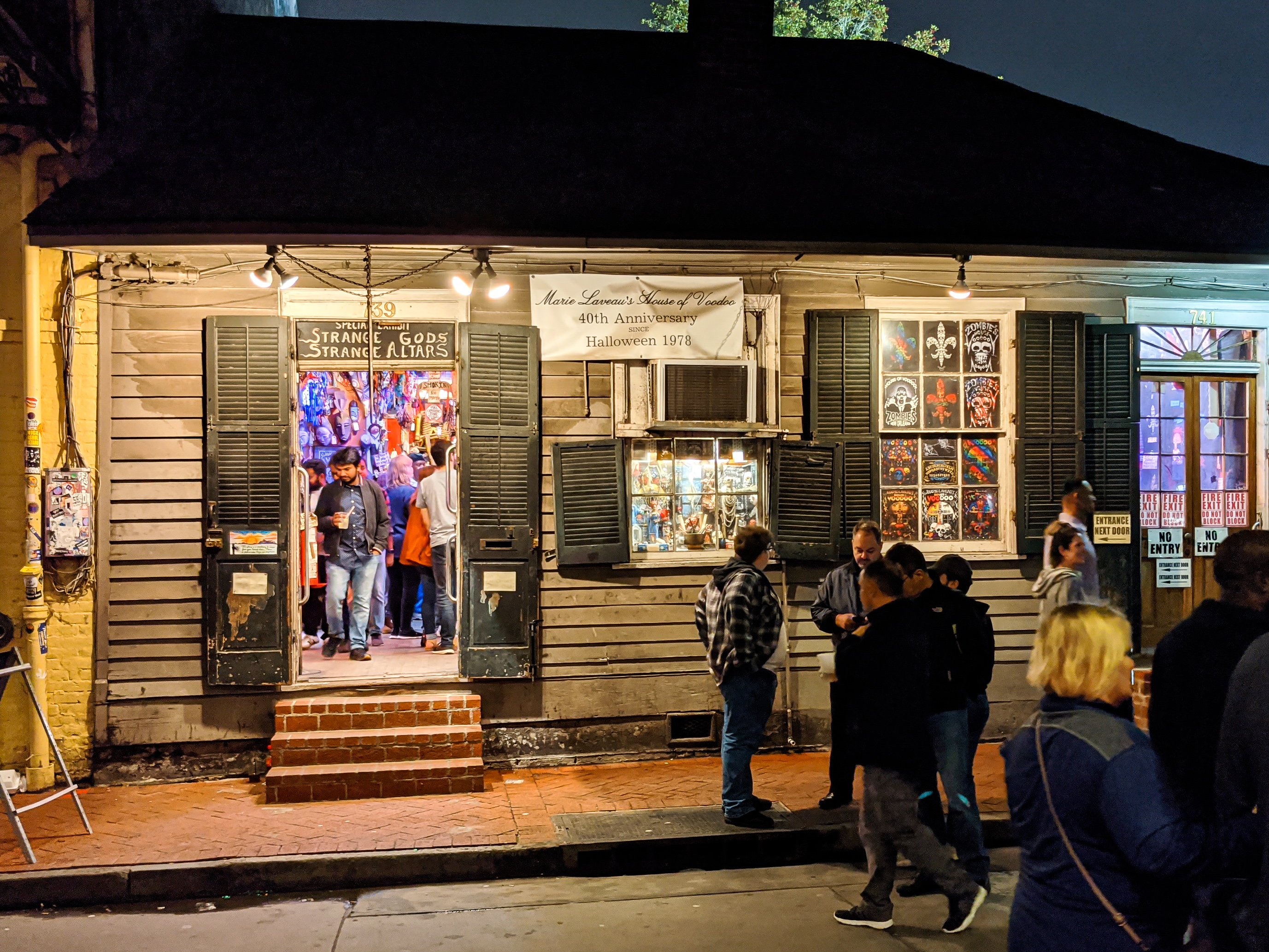
Louisiana Voodoo emerged between the 18th and early 20th centuries as an African diasporic religion that arose through syncretism between traditional West and Central African religions and Haitian Vodou. The bayou itself served as the ancestral home of Choctaw and Houma Native American tribes, a sanctuary for Acadian outcasts and former shelter for runaway slaves, becoming filled with hoodoo and Voodoo, ghosts and graves. From the early 18th century, enslaved West and Central Africans—the majority of them Bambara and Bakongo—were brought to the French colony of Louisiana. The spiritual practices they brought with them would eventually merge with Catholic beliefs and local Native American traditions to create something entirely unique.
Bayou St. John: The Sacred Meeting Place
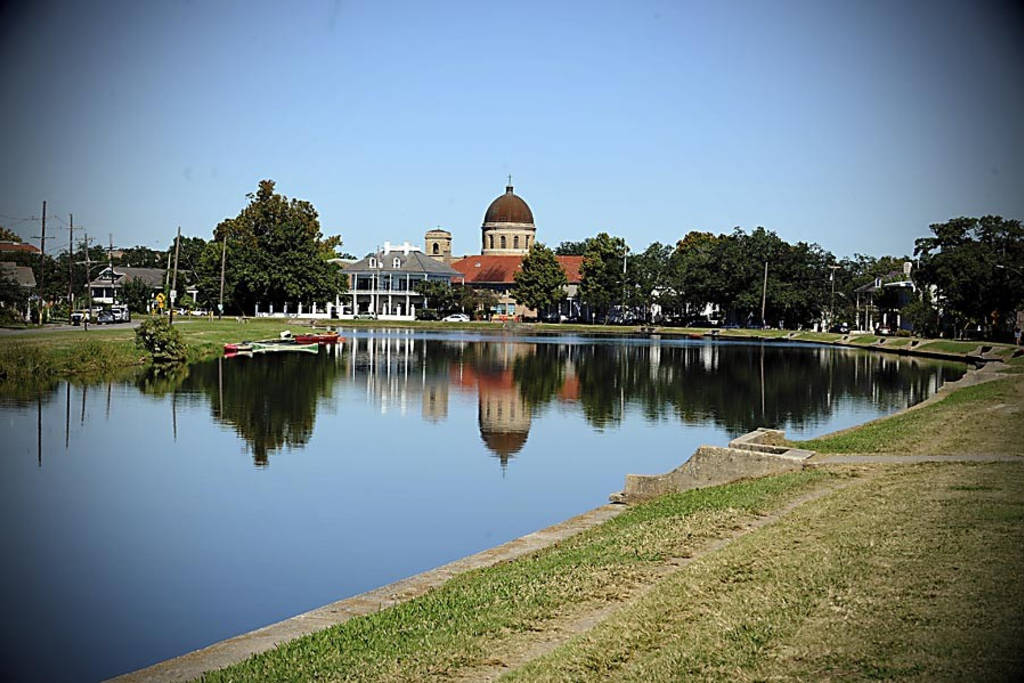
After police disrupted early voodoo meetings at an abandoned brickyard on Dumaine Street, future gatherings took place largely in Bayou St. John and along the shores of Lake Pontchartrain. Bayou St. John is where salt and fresh water meet, and the two deities of these waters (Yemaja and Oshun) also meet in New Orleans, making it integral to the history of New Orleans as a cradle for the religion of Voodoo. Worshipers come from around the world to this sacred location. The bayou continues to serve as a spiritual crossroads where practitioners gather for ceremonies, particularly during the annual St. John’s Eve celebrations.
Modern Practitioners Keep the Faith Alive
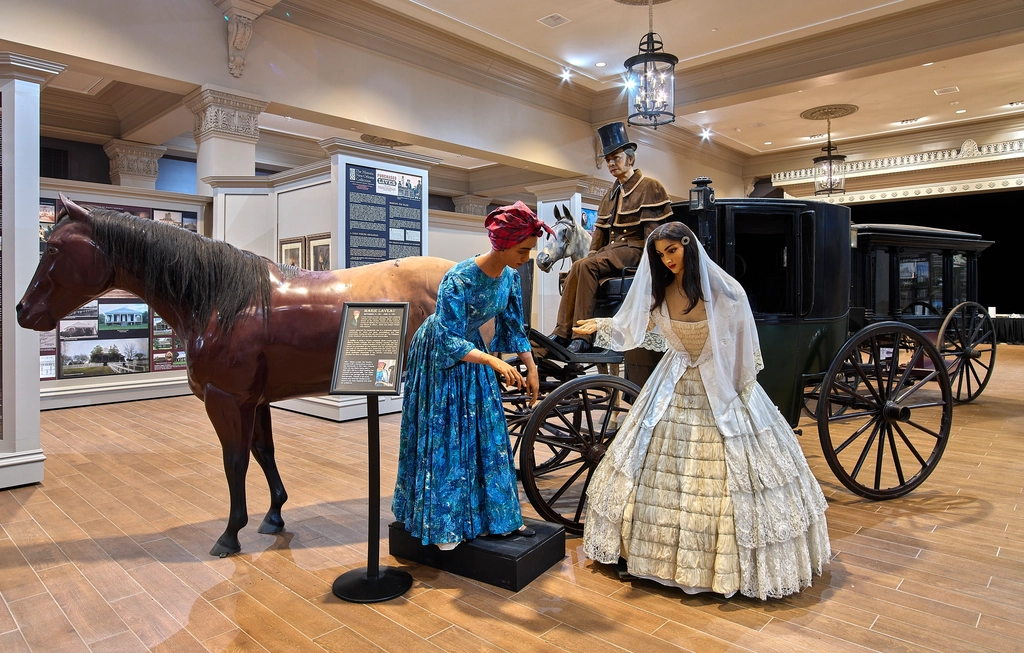
From the 1990s, there was the start of a Voodoo revival, with practitioners drawing heavily on other African diasporic religions such as Haitian Vodou and Cuban Santería. Today’s practitioners have adapted ancient traditions to modern times while maintaining their spiritual essence. Modern New Orleans practitioners do not judge tools by their origin but their efficacy in magic, and while voodoo practiced today may look very different from one hundred years ago, the purpose and spirit remain the same. No two solitary practitioners are alike, nor are the local formal Houses, with each group or individual working with their court of spirits and ancestors to serve their communities outside strict doctrine.
The Misconceptions Hollywood Created
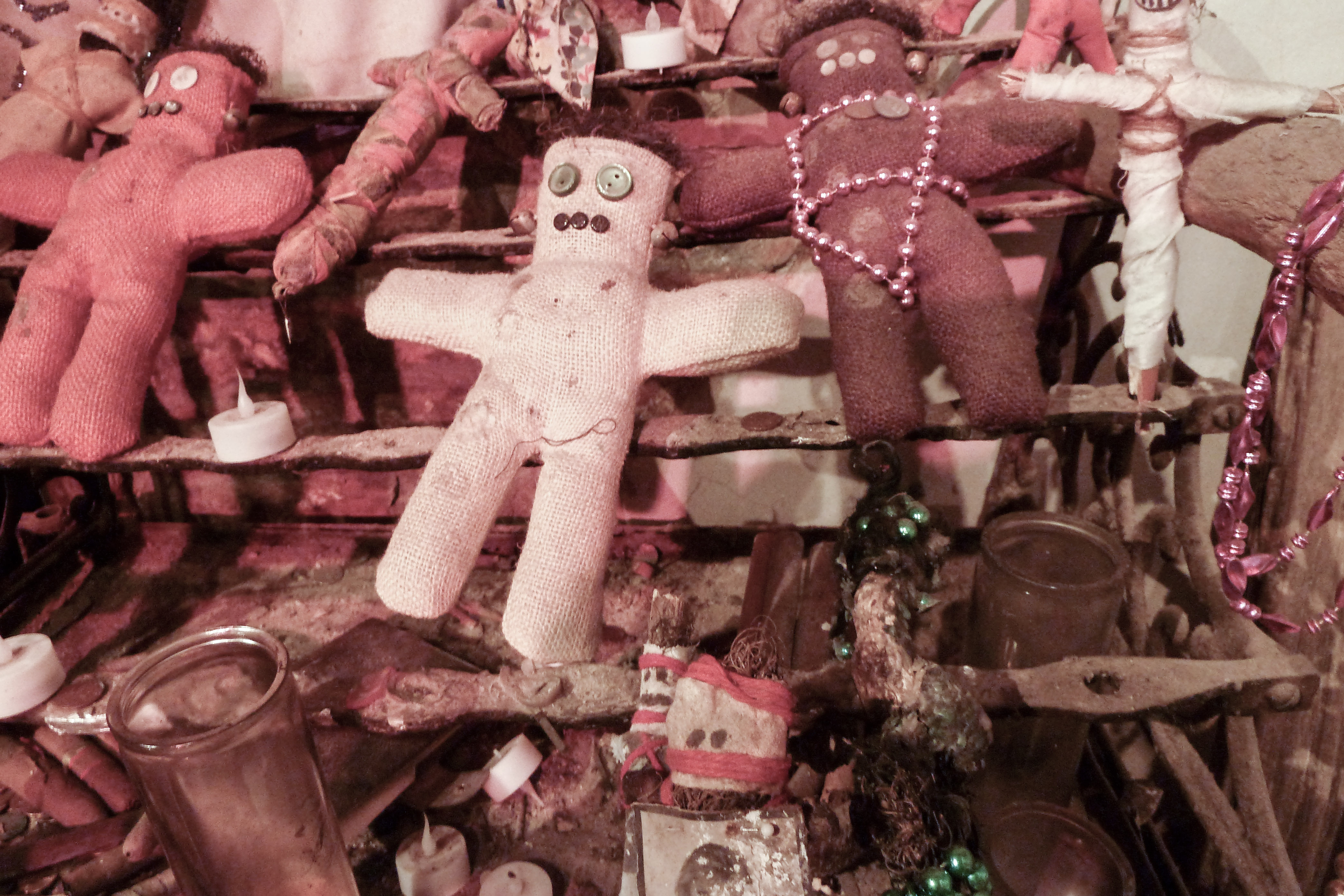
One major point of contention for genuine Vodou practitioners is the concept of “Voodoo dolls,” which are commonly sold throughout the French Quarter but actually originated as “poppets” in European witchcraft and have little to do with Vodou outside of popular media. Louisiana Voodoo has long faced opposition from non-practitioners, who have characterized it as witchcraft and devil-worship, negative attitudes that have resulted in many sensationalist portrayals in popular culture. Despite its rich history and cultural significance, New Orleans voodoo has often been misunderstood and misrepresented in popular culture, with portrayals in movies and television frequently sensationalizing and demonizing the religion, perpetuating stereotypes and contributing to a negative image of voodoo as sinister.
The Real Purpose of Voodoo Practice
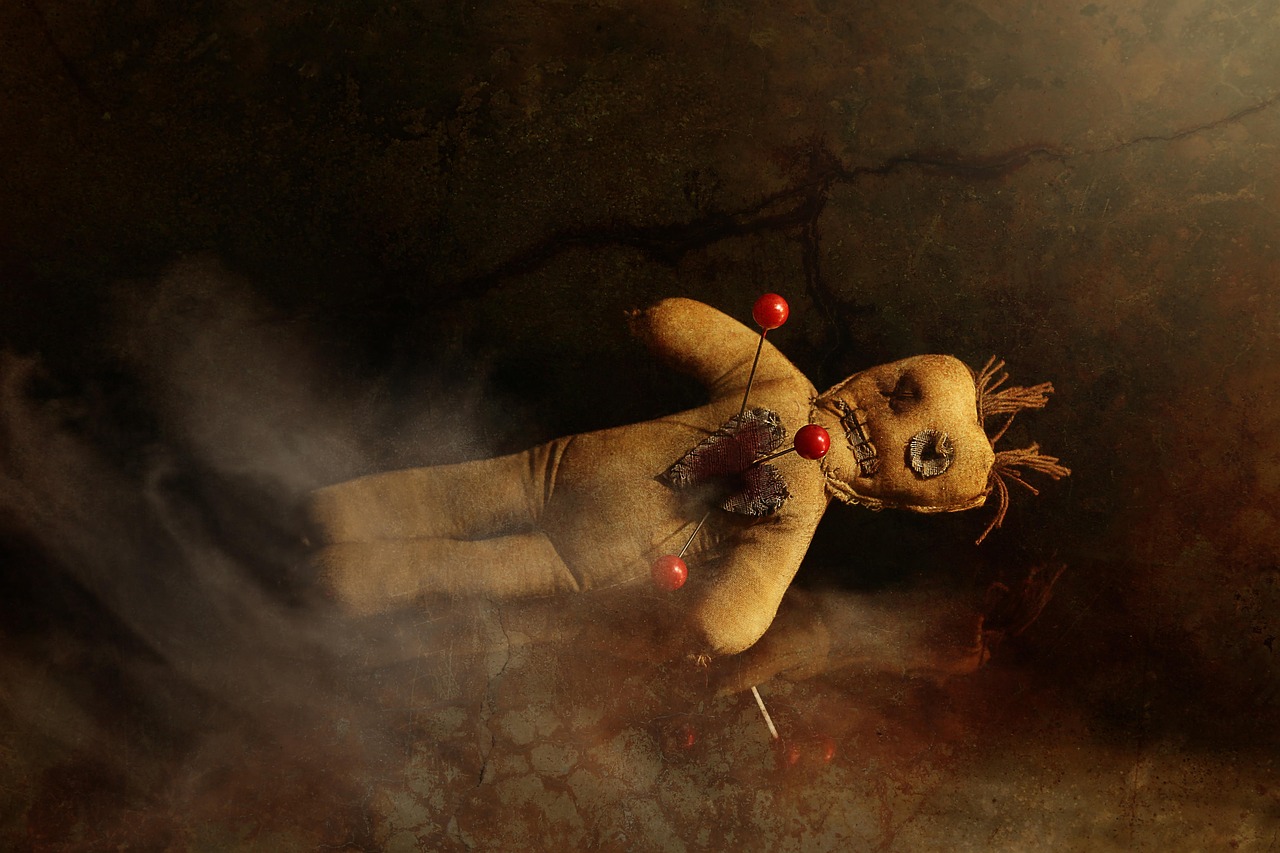
The Voodoo religion practiced in New Orleans is based on Vodou beliefs brought from Haiti and Africa by slaves, fused with Roman Catholicism, where practitioners honor ancestor spirits through ritual song, dance and drumming, with the purpose being healing, protection and serving the community. The core belief of New Orleans Voodoo is that one God does not interfere in daily lives, but that spirits do, and connection with these spirits can be obtained through various rituals such as dance, music, chanting, and snakes. The religion is centered on community, healing, and the connection between the physical and spiritual worlds, with practitioners seeking to live in harmony with spirits and nature while emphasizing balance, respect, and reciprocity.
The Legendary Marie Laveau’s Enduring Influence
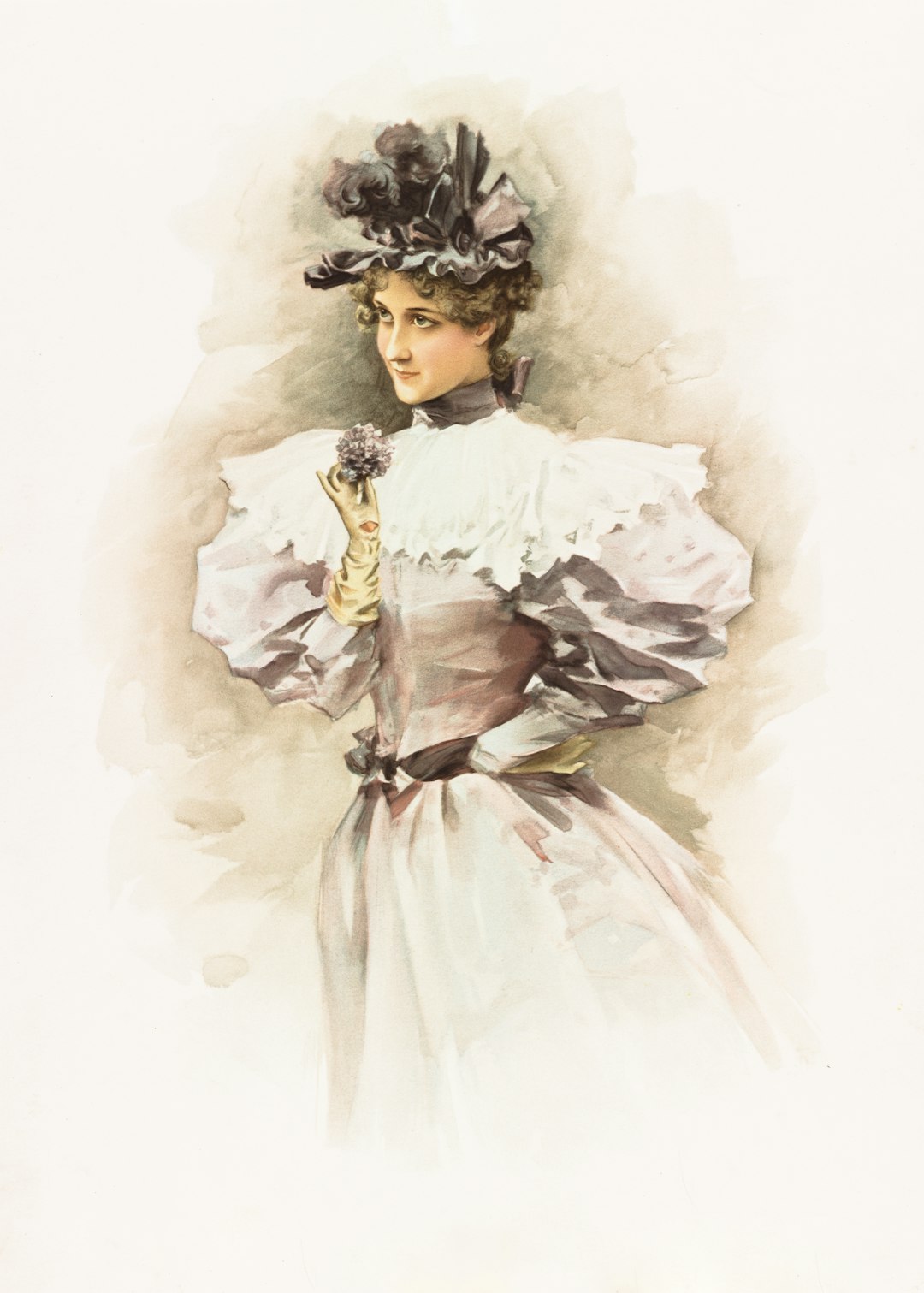
The most famous voodoo queen was Marie Laveau (1794-1881), a legendary practitioner buried in St. Louis Cemetery No.1 who was a devout Catholic and attended Mass at St. Louis Cathedral, encouraging others to do so as well. Born in 1801, Laveau became a legendary voodoo practitioner and spiritual leader in the 19th century, known as the “Voodoo Queen of New Orleans” and renowned for her powerful rituals, healing abilities, and spiritual guidance. She was a free woman of color who adopted children, fed the hungry, and nursed the sick during yellow fever epidemics, known to help enslaved servants and their escapees, with politicians, lawyers, and businessmen consulting her before making financial or business decisions.
Ritual Practices That Continue Today
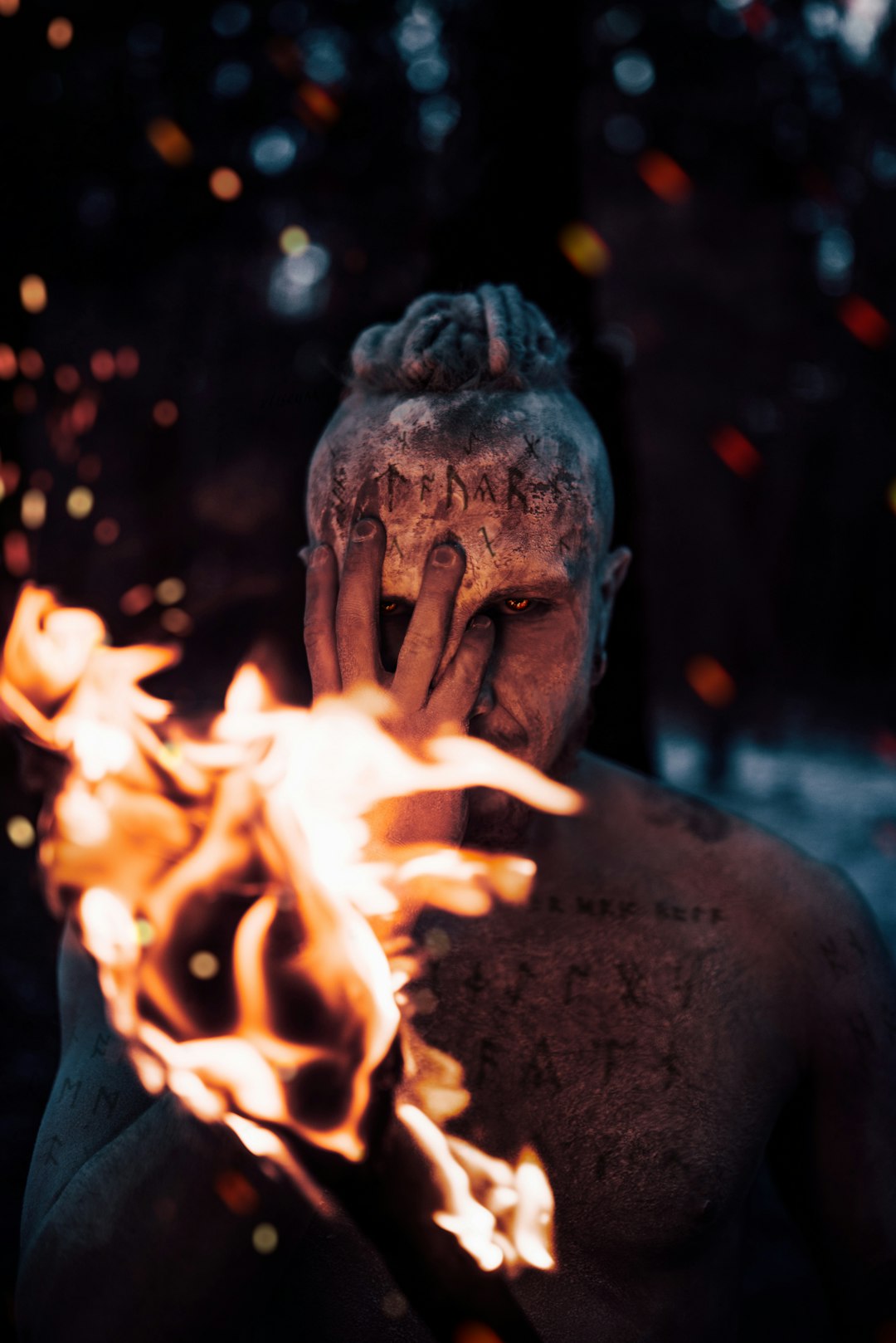
There are four phases to a Voodoo ritual, all identifiable by the song being sung: preparation, invocation, possession, and farewell, with songs used to open the gate between deities and the human world and invite spirits to possess someone. Rituals often took place in private homes, sometimes in a room set aside for ceremonial purposes, and in other cases they occurred outdoors, as in Congo Square or Saint John’s Bayou. During some rituals, practitioners may become possessed by the loa, allowing spirits to communicate directly through them, with this state of possession considered a sacred experience and a sign of the loa’s presence and favor.
Contemporary Voodoo Establishments
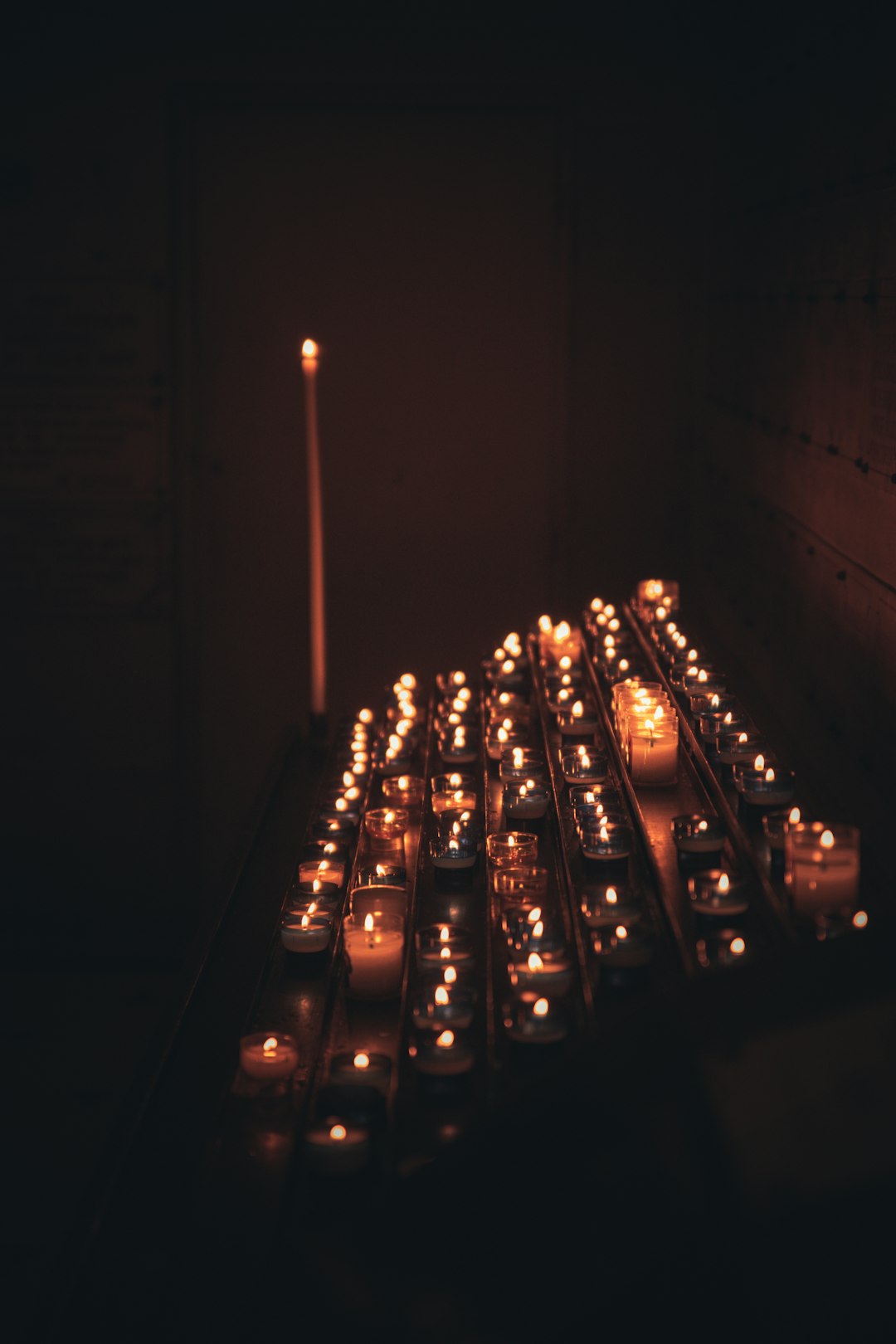
Modern practitioners maintain the traditions through establishments like Priestess Miriam’s House of Voodoo in the Marigny neighborhood, run by Priestess Miriam Chamani who offers spiritual readings, healing services, and ceremonies, and Island of Salvation Botanica, run by well-known Voodoo priestess Sallie Ann Glassman. Sallie Ann Glassman has been practicing Vodou in New Orleans since 1977, became one of few white Americans to have been ordained via traditional Haitian initiation in 1995, owns the Island of Salvation Botanica, and has been called one of New Orleans’ “most visible practitioners” of vodou. These spaces serve as both cultural centers and active places of worship.
Sacred Swamplands and Spiritual Energy

The natural landscape of Louisiana plays a significant role in Voodoo practices, with the bayous, swamps, and forests believed to be inhabited by spirits and often used in rituals. Manchac Swamp, also known as the “Haunted Swamp,” is said to be cursed by a Voodoo priestess, with legend claiming the swamp is haunted by spirits of those who perished in an early 20th century hurricane. There are mass graves of broken wooden crosses marking where the town of Frenier was wiped from the Earth more than 100 years ago, cursed by Julia Brown, a Voodoo practitioner who lived in the swamp and promised to take her neighbors with her when she died.
Festivals and Cultural Celebrations
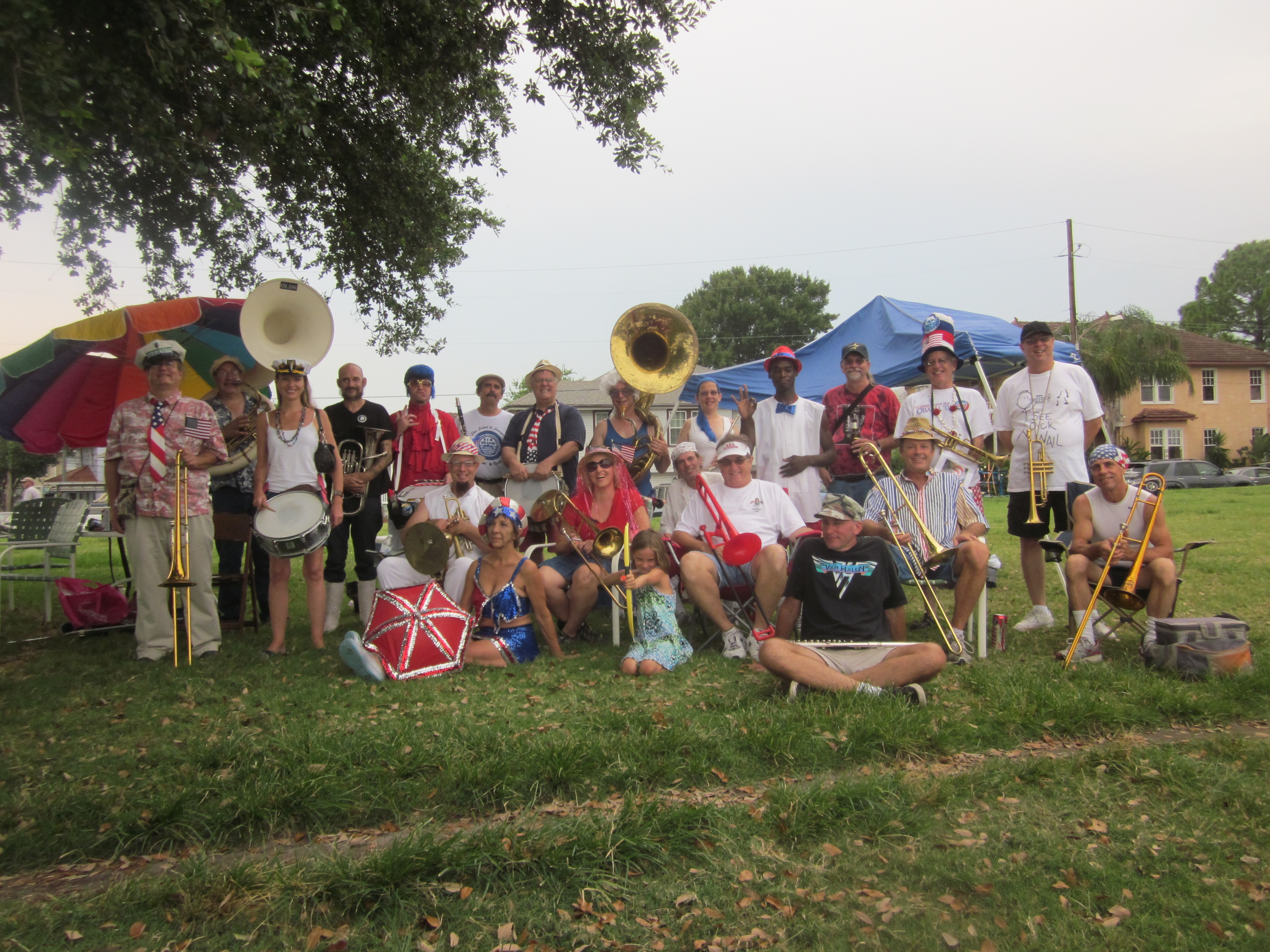
The Voodoo Music + Arts Experience, held annually in New Orleans, combines music, art, and Voodoo culture, and while primarily a music festival, it also features Voodoo rituals and altars, offering a unique cultural experience. The St. John’s Eve Headwashing Ceremony is an annual event held on the banks of Bayou St. John, representing a traditional Voodoo ceremony led by local practitioners where participants can take part in the ritual or simply observe. The celebration began in the 1830s by Marie Laveau on Bayou St. John, combining a head-washing ritual with a public party, a celebration that continues today.
The Evolution of Modern Practice

Among younger practitioners, many are choosing to use more direct imagery of the lwa rather than Western placeholders once necessitated by slavery, removing Christian elements and painting pictures of spirits directly for their altars. Modern New Orleans Voodoo has come full circle from separation of traditions to the remelting of many African Diasporic Traditions with Indigenous American and western occult influence, with some practitioners divorced from old world spirits and preferring to work with natural medicines of folk-magic, while the root remains in Africa and the truth remains in ancestral reverence. This evolution reflects how living traditions adapt while maintaining their essential spiritual core.
A Living Tradition in the Modern World
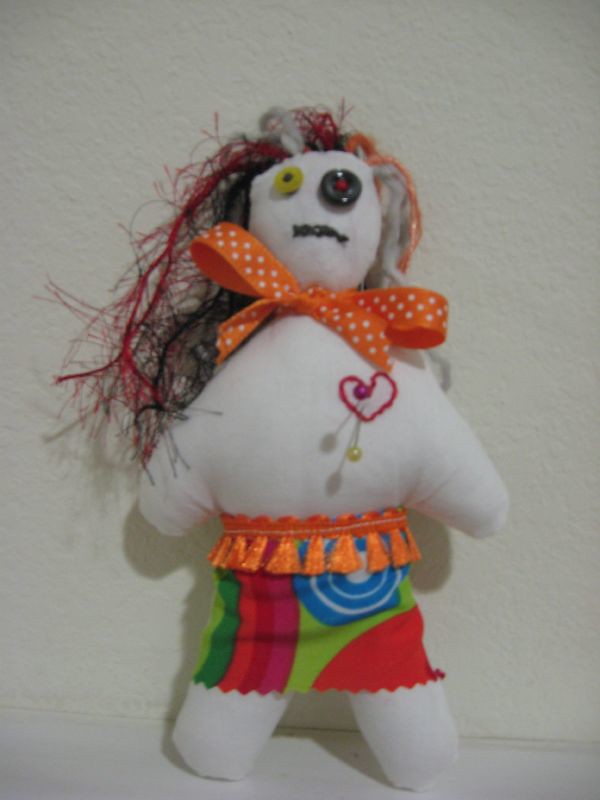
While steeped in history, Voodoo is very much alive in Louisiana today. Today gris-gris dolls, potions and talismans are still found in stores and homes throughout the city – a reminder of the New Orleans fascination with spirits, magic, and mystery. The magic of Voodoo lies in the practitioners of today and the colorful characters of the city’s past, such as Marie Laveau. From the small town of Youngsville to the bustling streets of New Orleans, Louisiana’s voodoo tradition continues to provide spiritual guidance, healing, and community connection for thousands of practitioners and believers who understand that some of life’s most profound mysteries can’t be explained by science alone.

